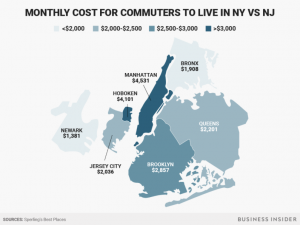From CNBC:
Almost half of top US housing markets are ‘overvalued’
It will come as no surprise to anyone out house hunting today — buying a home is becoming ever more difficult to afford.
Prices just keep soaring while incomes fail to keep pace. Even historically low mortgage rates are not helping enough. At the end of July, of the top 50 markets, based on housing stock, 46 percent were overvalued, according to CoreLogic.
A market is considered overvalued when home prices are at least 10 percent higher than the long-term, sustainable level. On the flip side, 16 percent of markets in the report were listed as undervalued and 38 percent came in fairly valued.
Home prices came in 6.7 percent higher in July, compared with the same month a year ago. A record-low supply of homes for sale keeps driving prices; the supply at the end of July was 9 percent lower compared with a year ago and has been shrinking steadily for nearly three years, according to the National Association of Realtors.
“Home prices in July continued to rise at a solid pace with no signs of slowing down,” said Frank Martell, president and CEO of CoreLogic. “The combination of steadily rising purchase demand along with very tight inventory of unsold homes should keep upward pressure on home prices for the remainder of this year. While mortgage interest rates remain low, affordability cracks are emerging.”
Price appreciation is strongest in the Pacific Northwest and in Denver, where some of the tech industry has migrated, ironically because Northern California housing became so expensive.
“The sharp increase in prices in Washington and Utah has been especially striking, with home price growth in both states accelerating by 3 percentage points since the beginning of this year,” said Frank Nothaft, chief economist at CoreLogic.
Even Las Vegas, where homes lost more than half their value during the housing crash, is now considered overvalued. Washington, D.C., Miami and Houston are also on that list, although Houston home values will surely be hit hard by Hurricane Harvey.

